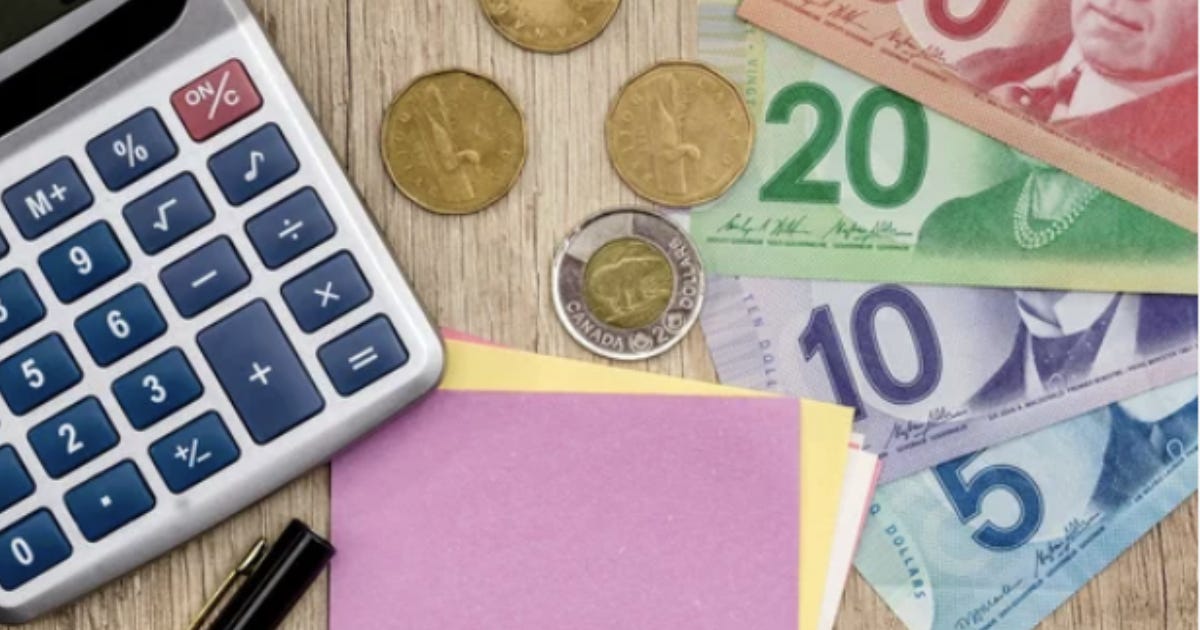Alberta and Saskatchewan in best financial shape: report
Alberta and Saskatchewan are currently sitting in the best fiscal position of all ten provinces, according to a new report released by the Conference Board of Canada.
Alberta and Saskatchewan are currently sitting in the best fiscal position of all ten provinces, according to a new report released by the Conference Board of Canada.
Both provinces have engaged in sensible debt management and benefit from the revenues of their respective natural resource sectors, noted the report published on Tuesday.
The board also projects that Alberta’s current fiscal situation will continue to improve from its expected $4.3 billion deficit for the 2025-2026 year to a surplus of $3.9 billion by 2030.
The board’s principal economist, Richard Forbes, noted that, “Alberta has a younger population and has a really strong foundation in the oil and gas sector, which helps to boost their royalty revenues.”
Meanwhile, the report made similar predictions for Saskatchewan, forecasting its deficit to fall from $373 million this year to $172 million by the next, with small budget surpluses from 2027 until the end of the decade.
While every province is currently facing budget shortfalls as a result of pandemic debt and trade war uncertainty, others likely won’t fare as well as Alberta and Saskatchewan.
For example, the Atlantic provinces must deal with a declining population, lower investment, and smaller revenues.
The report suggested that none of the deficits held by the Atlantic provinces will return to balance before 2030, particularly for Newfoundland and Labrador and New Brunswick, which have large aging populations.
“Demographics is a really big driver of government finances,” Forbes told the Financial Post. “In eastern provinces and Quebec, their populations are a bit more senior, and their median ages are higher.”
Quebec’s deficit will hit a record $14.4 billion this year, before reaching an estimated surplus of $600 million between 2029 and 2030.
Their surplus would be the result of reduced healthcare spending.
Ontario’s deficit is projected to go from $13.5 billion this year to a $3 billion surplus over the same period, due to revenue generated by an economic recovery expected to begin next year.
However, British Columbia currently faces a record-breaking deficit of $9.1 billion, leading to S&P Global Ratings downgrading the province’s credit rating from AA to A+ in April.
B.C.’s current deficit is 70 per cent higher than the record deficit it posted during the COVID-19 pandemic.
Its deficit is expected to remain elevated at $9.3 billion at the end of the decade.
“I think in B.C., they have had such a run-up in debt, we don’t see a clear path to balance for them,” said Forbes. “But there is some upside to them, including the tech industry and their resources sector.”
Forbes added that he anticipates across-the-board cuts in all the province's public sectors, with current spending levels only being maintained in education and healthcare.
However, the ongoing uncertainty of the Canada-U.S. trade war leaves room for potentially worse economic outcomes.
Forbes also noted that Alberta and Saskatchewan remain heavily reliant on natural resources, a sector which is subject to volatility.




Projected surpluses mean nothing until outstanding government debts are permanently sustainably reduced to zero and kept that way.
And OntarWeOwe continues to go down the toilet...
Thanks Premier Fraud.